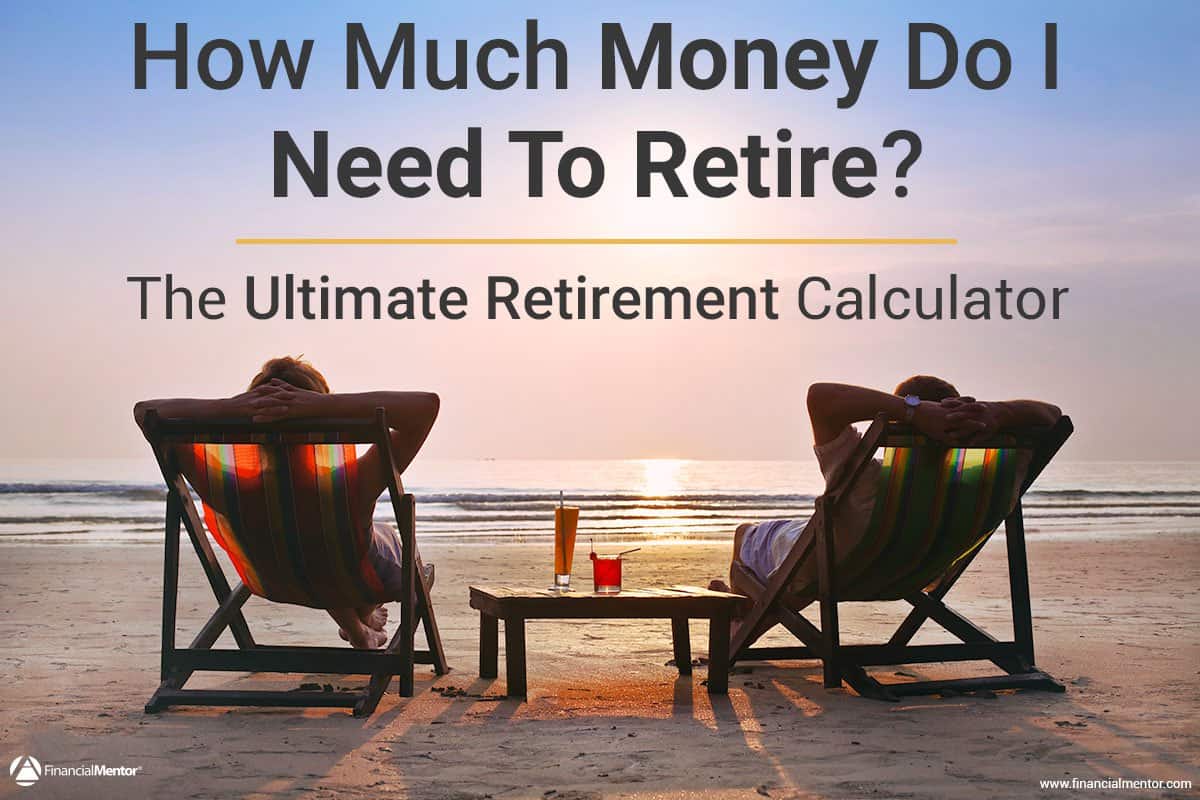C&P....we'd love to read it.
Retirees walloped by
high inflation and volatile stock and bond markets are getting some good news: The 4% spending rule—or something close to it—is back.
The traditional advice for retirees who need to make their money last for 30 years is to spend no more than 4% of their savings in the first year of retirement, and in subsequent years raise those withdrawals to keep pace with inflation.
A year after researchers at
Morningstar Inc. recommended a spending cut, the move back to something close to a 4% spending rate makes retirement more feasible for those considering it.
“It’s counterintuitive, but when valuations are high, it is the worst time to retire,” said Morningstar personal finance director Christine Benz, a co-author of research released last year that recommended that people taking a first withdrawal in 2022
keep it to 3.3% due to expectations for lower future investment returns.
NEWSLETTER SIGN-UP
Markets
A pre-markets primer packed with news, trends and ideas. Plus, up-to-the-minute market data.
Preview
Subscribe
In a report released Monday, Ms. Benz and her co-authors say current market conditions now allow for a 3.8% spending rate for new retirees with a 30-year horizon. The reason: Today’s lower stock and bond valuations support expectations for higher future investment returns than was the case last year.
The recommended withdrawal rate for new retirees varies from one year to the next, rising and falling with thousands of simulations of future market conditions.
Using Morningstar’s updated 3.8% spending recommendation, someone who retires today with a $1 million portfolio with 50% in stocks and 50% in bonds would spend no more than $38,000 in 2023.
Assuming inflation rises 5% next year, the investor would increase annual income by that same percentage to $39,900 in 2024, regardless of the market’s performance. (For many new retirees, the amount in year one may be similar to what they would have taken as a withdrawal had they retired a year ago and used the lower spending rate on a higher account balance.)
“If you are thinking about retiring, you can use 3.8% as a test of the viability of the withdrawal you are considering,” said Ms. Benz, adding that retirees who are willing to cut their spending when the markets fall can start slightly above 3.8%.
For example, the report said new retirees willing to forego inflation adjustments in any year following portfolio losses can withdraw 4.4% to start and still have a 90% chance of not running out of money over 30 years.
Those already retired should stick with the recommended withdrawal amount they started with, rather than switch to 3.8%.
Someone who retired a year ago with $1.2 million and used the 3.3% withdrawal rate Morningstar recommended at the time would have spent $39,600 this year. Assuming inflation rises 7% for the full year, the method allows for raising that spending to $42,372 in 2023.
But Ms. Benz said people who retired last year and want a high degree of certainty their money will last should consider taking a smaller inflation raise or foregoing an increase altogether if they can afford to.
Ms. Benz said last year’s 3.3% recommendation may have been too high, due to the convergence of
simultaneous declines in stocks and bonds and high inflation, a combination that is especially challenging for new retirees.
When inflation is high, withdrawals made under the 4% rule’s method grow significantly. And when bear markets occur, retirees have to take money out of a portfolio that is shrinking.
Both situations mean the portfolio has to earn a higher return to prevent depletion and can be especially dangerous early in retirement because most retirees need their savings to last decades.
SHARE YOUR THOUGHTS
How are you adjusting your retirement plan to today’s market? Join the conversation below.
Four percent is the historic starting spending rate that
would have protected retirees from running out of money in every 30-year period since 1926, even when economic conditions were at their worst, according to retired financial planner Bill Bengen, who devised the 4% rule in 1994.
Mr. Bengen’s research indicates that the worst 30-year period in which to retire started on Oct. 1, 1968, due to the relatively anemic investment returns and high inflation that prevailed for much of the 1970s.
A 3.8% withdrawal rate is most reliable for portfolios with 30% to 60% in stocks and the rest in bonds, according to Morningstar.
If you invest less than 30% in stocks, your returns may be insufficient to support a 3.8% inflation-adjusted withdrawal for 30 years. With more than 60% in stocks, there is greater risk portfolios may lose so much during a bear market that they won’t be able to recover.





